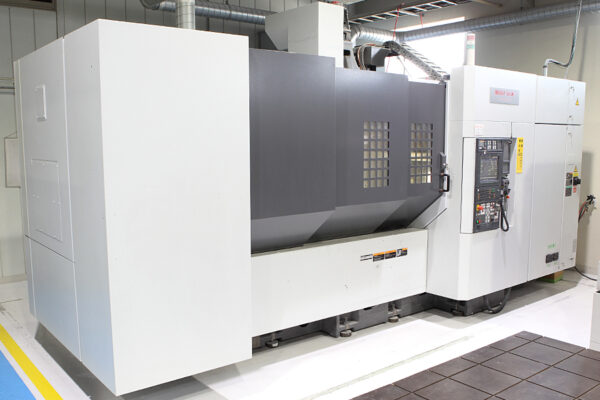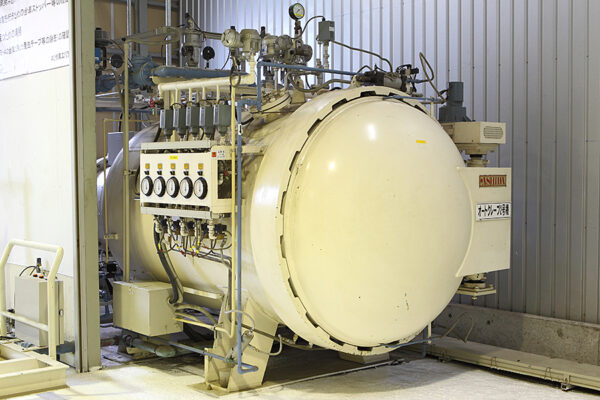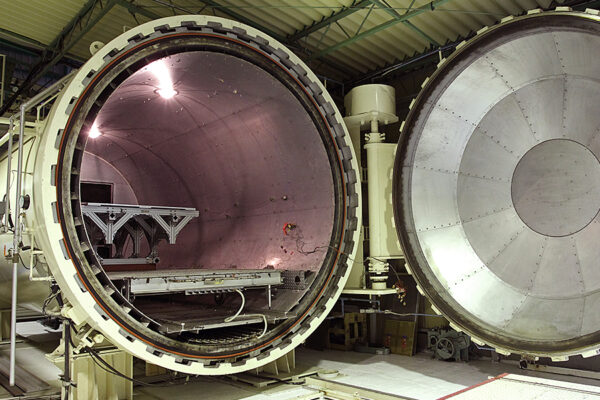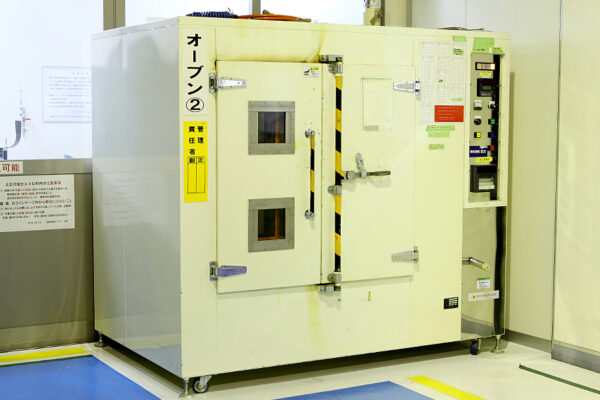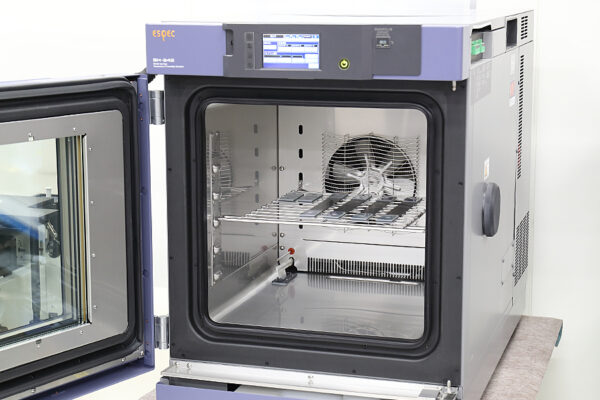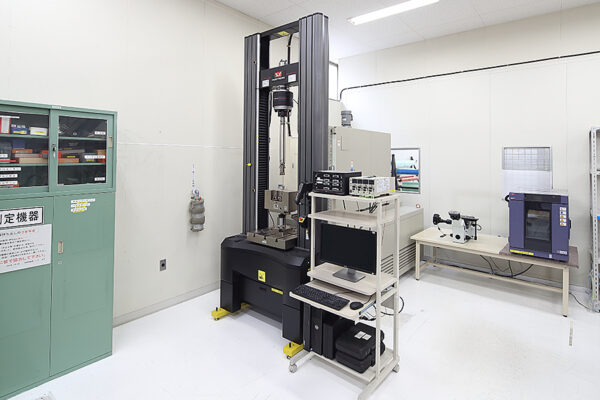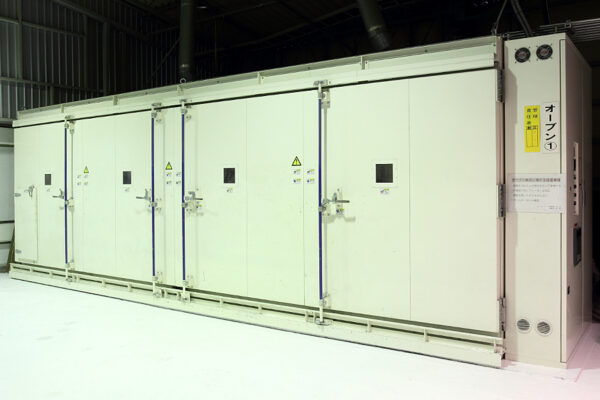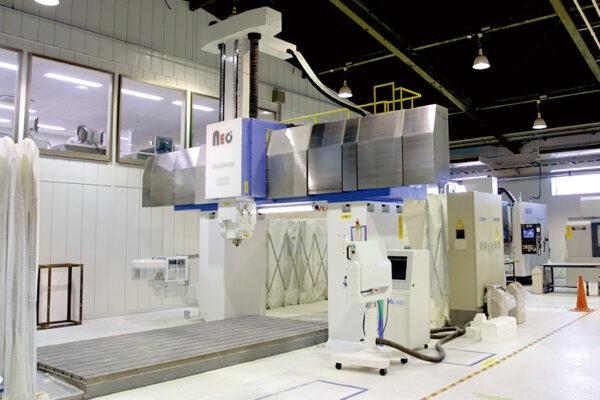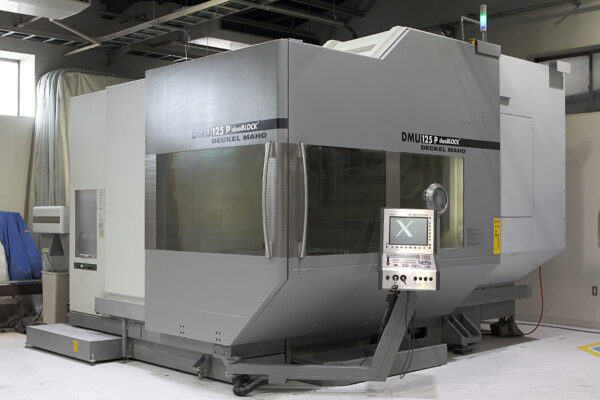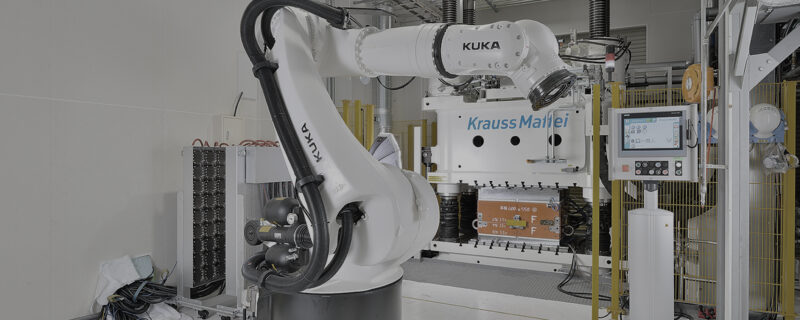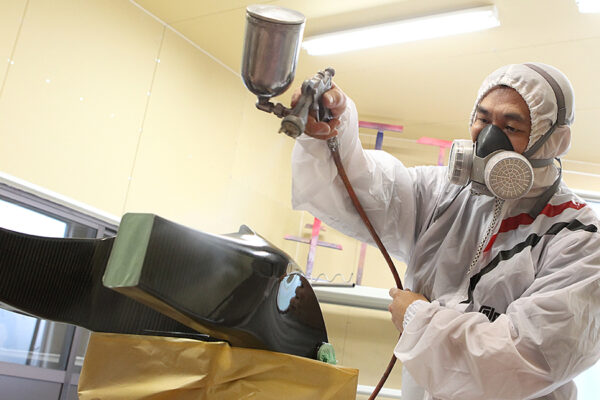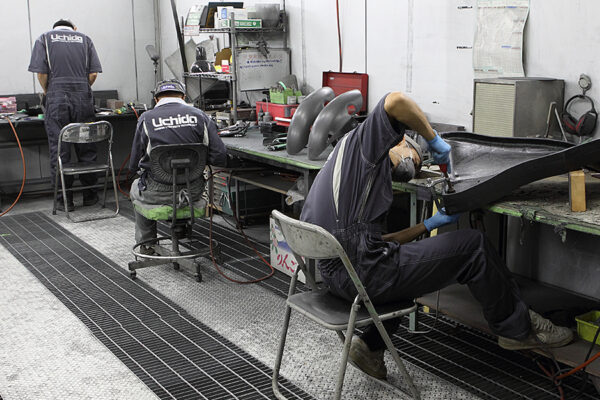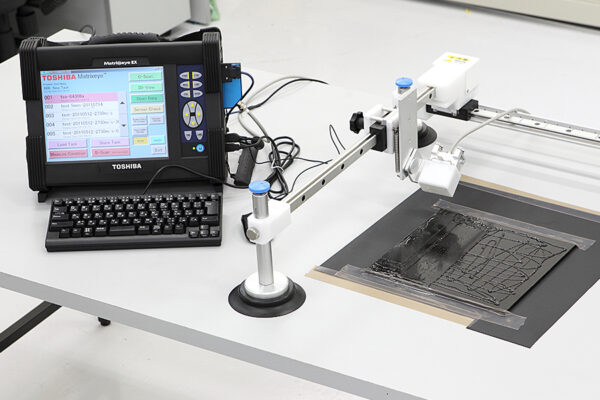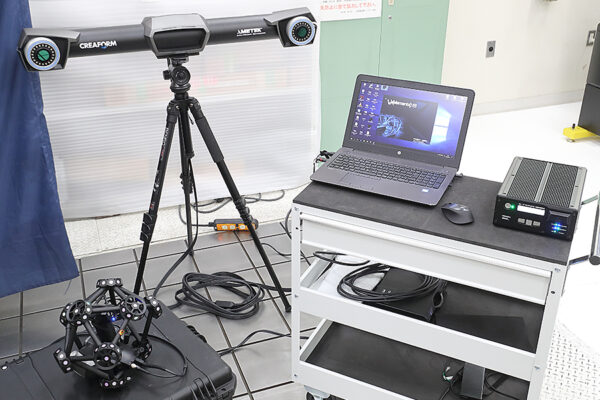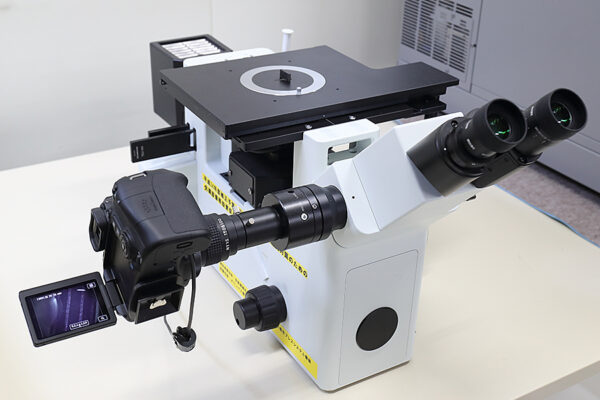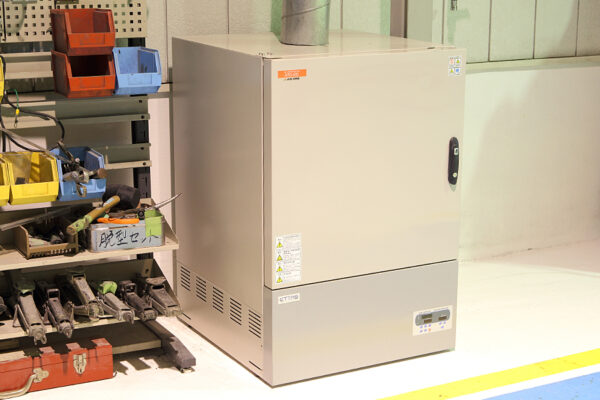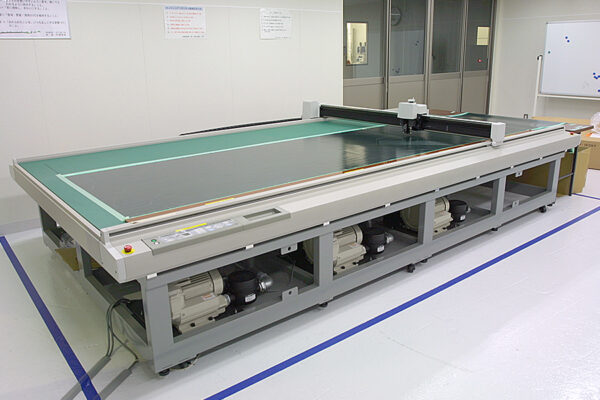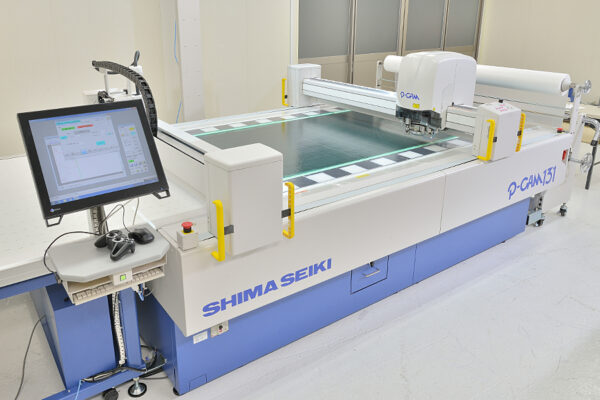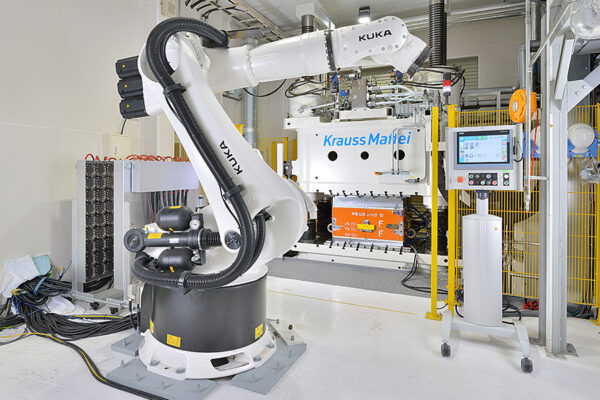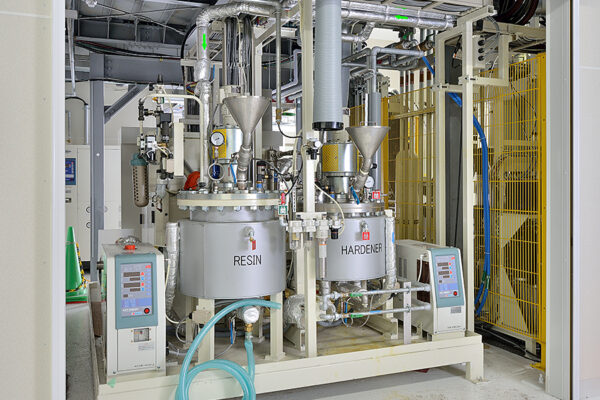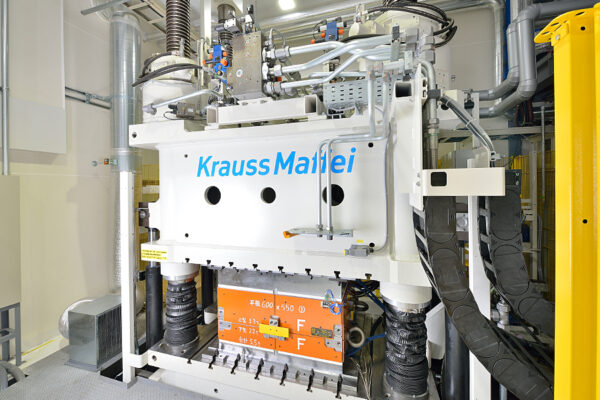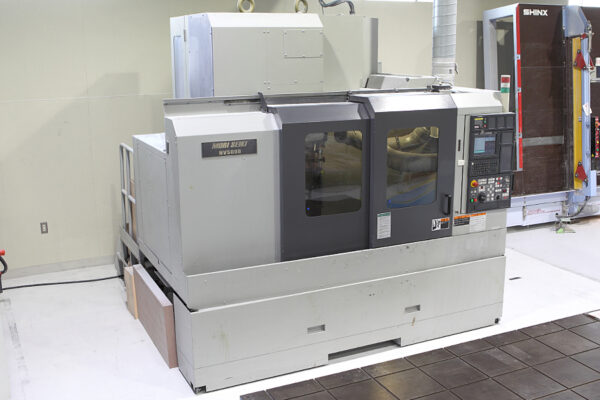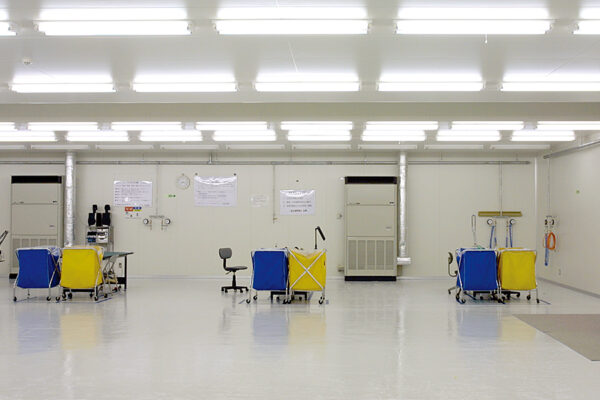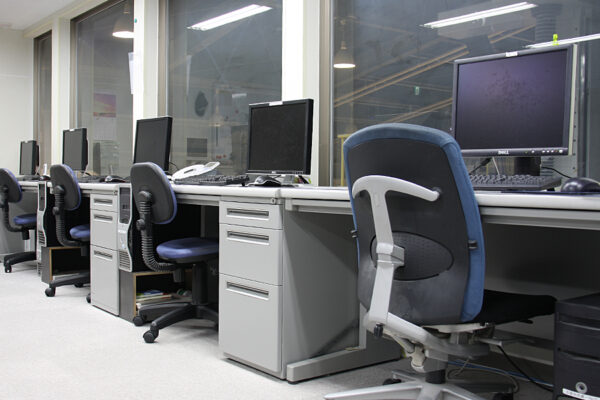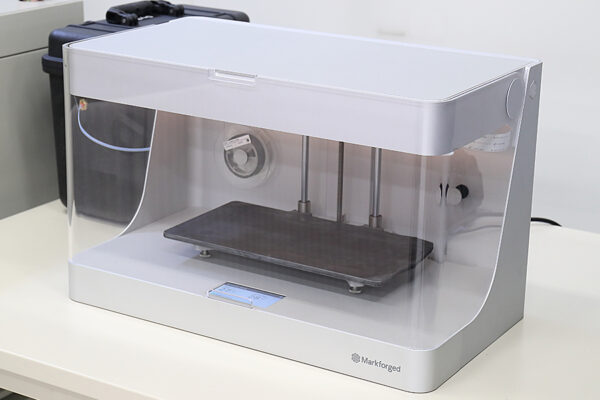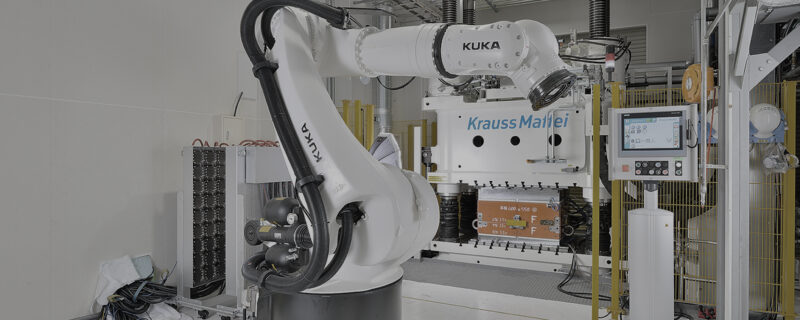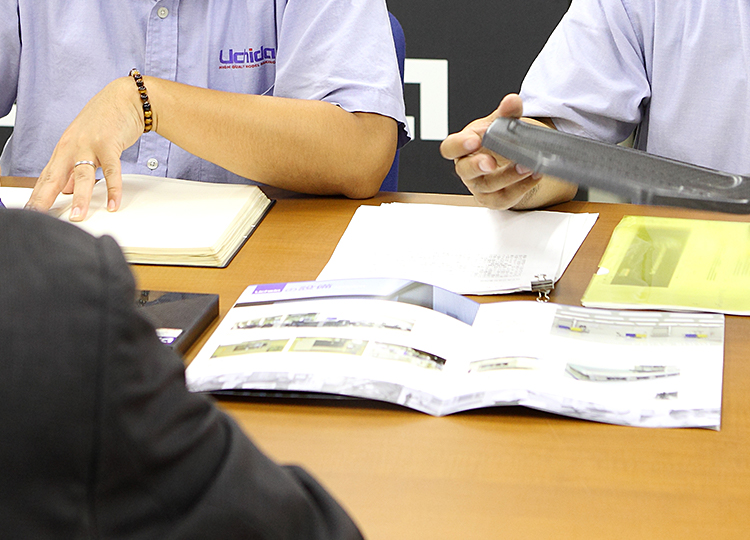Introduction
PPS CFRP (polyphenylene sulfide carbon fiber reinforced plastic) is a composite material with excellent properties for high temperature environments and demanding mechanical requirements. Polyphenylene sulfide (PPS) is an engineering plastic with excellent heat resistance and chemical stability, while carbon fiber reinforced plastic (CFRP) is lightweight yet extremely strong. Combining these two, PPS CFRP is attracting attention as an innovative material in many industries. In this column, the features, advantages, and applications of PPS CFRP will be explained in detail.

What are the basic properties of PPS?
PPS (polyphenylene sulfide) is an engineering plastic that boasts high heat resistance and chemical resistance, making it ideal for applications that require stability, especially at high temperatures. PPS has the following properties:
– Heat resistance: PPS can be used above about 260°C and is PPS can be used at temperatures above about 260°C and is considered to have very high heat resistance.
– Chemical resistance: PPS exhibits excellent resistance to strong acids, alkalis, and oils, and maintains performance in harsh environments.
– Mechanical strength: It has high tensile strength and rigidity, and its performance is comparable to that of metals.
Basic Properties of CFRP
CFRP (carbon fiber reinforced plastic) is a composite material based on carbon fiber (carbon fiber) that is characterized by its extremely high strength and light weight. CFRP properties include:
– High strength and rigidity: Carbon fiber is very strong and rigid, but at the same time lightweight, which is why it is widely used in aircraft, automotive parts, and sporting goods.
– Corrosion resistance: CFRP is more resistant to corrosion than metal, and its performance does not deteriorate easily even after long-term use.
– Excellent fatigue strength: CFRP exhibits high resistance to repeated loading.
Properties of PPS CFRP
Combining PPS and CFRP complements each other’s excellent properties, making PPS CFRP a composite material with the following characteristics:
– Excellent performance in high-temperature environments: The high heat resistance of PPS allows it to withstand high temperatures that CFRP alone cannot PPS CFRP can be used stably in high-temperature environments that CFRP alone cannot withstand. This makes it ideal for use in engine parts, high-temperature parts, and other harsh conditions.
– Lightweight and strong: The light weight of CFRP combined with the high strength of PPS allows for the creation of extremely strong and lightweight parts, making it ideal for use in aircraft, automobiles, and precision equipment.
– Chemical resistance: The chemical resistance of PPS combined with the properties of CFRP allows for long-term use in parts exposed to strong chemicals.
– High stiffness and wear resistance: PPS CFRP has very high resistance to mechanical loading and friction, and is resistant to wear and deformation.
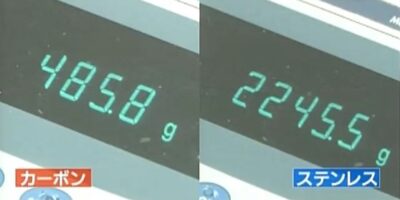
Applications of PPS CFRP
PPS CFRP is used in a variety of industries due to its excellent properties. In particular, it is increasingly used in the following areas:
Automotive Industry
PPS CFRP is used in automotive engine parts, exhaust systems, and body parts for weight reduction. It combines high heat resistance and high strength, making it ideal for use in engines and exhaust systems. It also contributes to improved fuel efficiency and driving performance due to its good balance between weight reduction and strength.
Aerospace Industry
PPS CFRP is also useful in structural and internal parts of aircraft. Lightweight and heat resistance are important factors in aircraft, and PPS CFRP meets these requirements and is therefore used in aircraft frames, wing structures, and engine parts.
Electronics
PPS CFRP may also be used in electronic equipment components and connecting parts. Its excellent properties can be utilized in electronic equipment that operates under high temperatures and in parts of equipment that require abrasion resistance.
Precision Instruments
PPS CFRP is also used in components for precision instruments and measuring equipment. PPS CFRP is the material of choice when high strength, light weight, and excellent wear resistance are required.
PPS CFRP Manufacturing Methods
Common CFRP manufacturing methods can be used to produce PPS CFRP. These include the following methods:
– Prepreg Molding: Carbon fiber sheets are pre-impregnated with PPS resin and molded by heating and pressurizing the prepreg. This method is applicable to parts with high precision and complex geometries.
– Compression Molding: Compression molding is used to mold PPS CFRP to efficiently produce high-precision parts.
– Injection molding: Injection molding is used to create molded parts from a mixture of PPS and carbon fiber. High-precision parts can be produced in large quantities.
Summary
PPS CFRP is a composite material that combines high heat resistance with high strength, light weight, and chemical resistance that has led to innovations in many areas, including aircraft, automobiles, and precision instruments. It has enabled the performance improvement of components used in harsh environments, thereby contributing to the enhancement of product quality. In the future, PPS CFRP is expected to be used in even more industries as a result of its technological innovations.

Related useful contents
You can explore related content by clicking on a topic of interest.
ABOUT UCHIDA - 55 years since our founding
We leverage a wealth of technical expertise as a CFRP molding and processing manufacturer using FRP, GFRP, and CFRP materials. We offer a one-stop solution, encompassing design, analysis, manufacturing, secondary processing, assembly, painting, quality assurance, and testing.
UCHIDA's equipment
We have cutting-edge equipment to ensure that we can address even the most advanced challenges of our customers.
Video Library
In the following video, we provide a detailed overview of our manufacturing process. Please feel free to watch and learn more.


